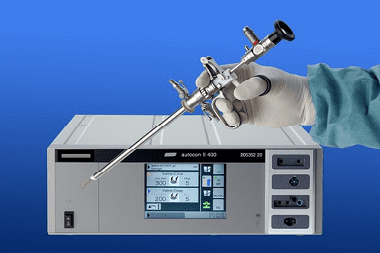Medicine questions >>>> Atresia
Atresia.

Atresia is a congenital or acquired pathology associated with the absence or overgrowth of natural lumens (holes, channels) of vessels or hollow organs. Translated from Greek "atresia" means - no hole.
The reasons for the development of atresia lie in the violation of the organogenesis of the fetus, or in the overgrowth of the lumens as a result of scarring of tissues after trauma (gunshot wounds, burns, mechanical damage) or inflammatory processes.
The greatest problem is atresia in newborns, who are practically unviable without timely detection of atresia and surgical intervention. The prognosis of the viability of a newborn depends on the location of atresia and the effectiveness of its surgical correction.
Congenital atresia occurs with congenital anomalies of the lumen between the anus and rectum; with congenital obstruction of the biliary tract; with fusion of the walls of the vagina; small intestine; with heart disease, which has no communication between the right ventricle and the right atrium; closing of the choanas (the passage between the nasal cavity and nasopharynx); fusion of the external auditory canal and similar cases.
Acquired atresia (synonyms: obliteration, obstruction) appears as a result of tissue proliferation (most often connective tissue), scarring or overlap of the lumen by a tumor, is treated by the bougie method - the introduction of special instruments into organs or vessels - bougie to form a lumen after the tissue is excised covering a lumen or opening.

Read

Read



























